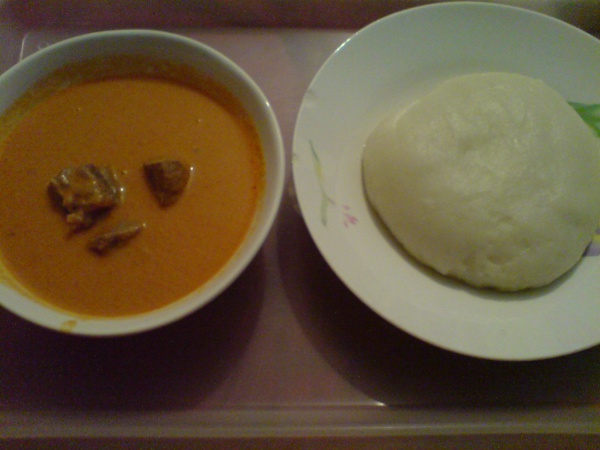Facts About Cuisine of the Central African Republic
Central African cuisine is as rich and diverse as the region itself, blending traditional cooking methods with a variety of unique ingredients. In the Central African Republic, the foundation of the diet relies heavily on locally grown crops such as millet, sorghum, bananas, yams, okra, and the indispensable palm oil. Over time, crops like maize, manioc, peanuts, and sweet potatoes have also become staples, thanks to their introduction from the Americas.
While meat isn't always plentiful, fish serves as a crucial protein source. Insects including cicadas, grasshoppers, and termites also play a significant role in the diet. Additionally, chicken, goat, and wild game are enjoyed. Starchy foods such as millet, rice, and sorghum are common, often complemented by an array of vegetables and flavorful sauces.
If you stroll through the streets, you'll find roadside stalls offering an assortment of treats—baked goods, sandwiches, barbecued meats, and various snacks. Markets showcase forest delicacies like caterpillars and koko leaf. In urban areas, restaurants cater to both locals and expatriates, serving a mix of traditional Central African dishes and Western cuisine.
Some standout dishes include bushmeat, cassava, chicken stew, barbecued goat, and egusi sauce. Popular items also include fish like Nile perch, various fruits, pounded plantains, and fufu (a dough-like food made from starchy vegetables). Porridges, palm butter soup, and a variety of meat and vegetable stews round out the menu.
When it comes to beverages, there's something for everyone. Non-alcoholic options include coffee, tea, and ginger beer, while those looking for something stronger might enjoy palm wine, banana wine, or traditional beers brewed from sorghum or cassava.
In the capital city of Bangui, the everyday diet features staples like cassava, rice, plantains, and grilled meat, with okra being a favored vegetable. The culinary scene is vibrant, with restaurants offering everything from French and Lebanese dishes to a wide range of African specialties, along with numerous bars and street food stalls.
However, it is important to note that food scarcity is a serious issue in the Central African Republic. Political and economic instability have severely impacted agricultural production, leading to widespread hunger. The country’s cuisine has been shaped by its history of French colonization, as well as influences from Arab traders and neighboring empires. Today, the majority of the population is Christian, with a significant Muslim community in the northern regions.

 Chad
Chad